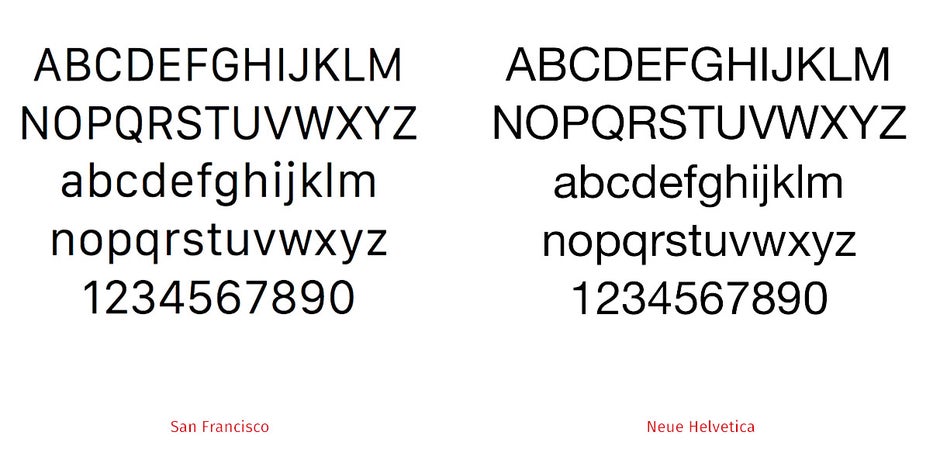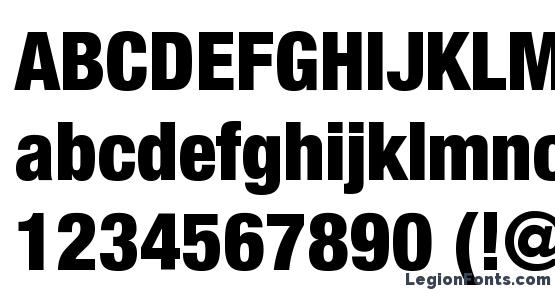
Wolfgang Homola comments that in Helvetica "the weight of the stems of the capitals and the lower case is better balanced" than in its influences. Its 'R' with a curved tail resembles Schelter-Grotesk, another turn-of-the-century sans-serif sold by Haas. The main influence on Helvetica was Akzidenz-Grotesk from Berthold Hoffman's scrapbook of proofs of the design shows careful comparison of test proofs with snippets of Akzidenz-Grotesk. His goal is to design a new sans serif font that can compete in the Swiss market, as a neutral font that should not be given any additional meaning. The first version of the typeface (which later became known as Helvetica) was created in 1957 by Swiss type designer Max Miedinger. This design appears to use Helvetica or a close imitation. Ī 1969 poster by Robert Geisser exemplifying the "Swiss" style of the 1950s and 60s: solid red colour, simple images and neo-grotesque sans-serif type, all in lower case. A feature-length film directed by Gary Hustwit was released in 2007 to coincide with the 50th anniversary of the typeface's introduction in 1957. Originally named Neue Haas Grotesk (New Haas Grotesque), it was rapidly licensed by Linotype and renamed Helvetica in 1960, which in Latin means "Swiss" (from Helvetia), capitalising on Switzerland's reputation as a centre of ultra-modern graphic design. Miedinger and Hoffmann set out to create a neutral typeface that had great clarity, no intrinsic meaning in its form, and could be used on a wide variety of signage. Hoffmann was the president of the Haas Type Foundry, while Miedinger was a freelance graphic designer who had formerly worked as a Haas salesman and designer. Notable features of Helvetica as originally designed include a high x-height, the termination of strokes on horizontal or vertical lines and an unusually tight spacing between letters, which combine to give it a dense, solid appearance.ĭeveloped by the Haas'sche Schriftgiesserei ( Haas Type Foundry) of Münchenstein ( Basel), Switzerland, its release was planned to match a trend: a resurgence of interest in turn-of-the-century "grotesque" sans-serifs among European graphic designers, that also saw the release of Univers by Adrian Frutiger the same year. Over the years, a wide range of variants have been released in different weights, widths, and sizes, as well as matching designs for a range of non-Latin alphabets. Its use became a hallmark of the International Typographic Style that emerged from the work of Swiss designers in the 1950s and '60s, becoming one of the most popular typefaces of the mid-20th century. Helvetica is a neo-grotesque design, one influenced by the famous 19th century (1890s) typeface Akzidenz-Grotesk and other German and Swiss designs. Helvetica or Neue Haas Grotesk is a widely used sans-serif typeface developed in 1957 by Swiss typeface designer Max Miedinger with input from Eduard Hoffmann. Available in three optical sizes- Micro, Text, and Display -every character in Helvetica Now has been redrawn and refit with a variety of useful alternates added.1957 sans-serif typeface developed by Max Miedinger Helvetica Helvetica® Now is a new chapter in the story of perhaps the best-known typeface of all time. Is the Helvetica typeface available in micro sizes? Everything. These are both serif fonts, which are seen as more traditional and formal by the majority of the public. We use Adobe Jenson and Centaur to represent the formal and collegial aspect of UNT. What to use in place of Helvetica Neue? For those who may not have these fonts available to them, you may use Centaur MT to replace Adobe Jenson or Arial to stand in place of Helvetica Neue.

There is no need for any license, signup, or regurgitation to use this font for your personal use.

How to get helvetica font license#
Do you need a license to use Helvetica? Helvetica is a completely free font that you can use in your graphic designs.

This is one of the most utilized typefaces available. This is also known as the Neue Haas Grotesk and the neo-grotesque design was inspired by the 19th-century typeface Akzidenz-Grotesk. FAQ about Where To Get Helvetica Font University Who is the creator of the Helvetica font? Helvetica font is one of the most used sans-serif typefaces that was created by the famous swiss font designer Max Miedinger in the year of 1957.


 0 kommentar(er)
0 kommentar(er)
